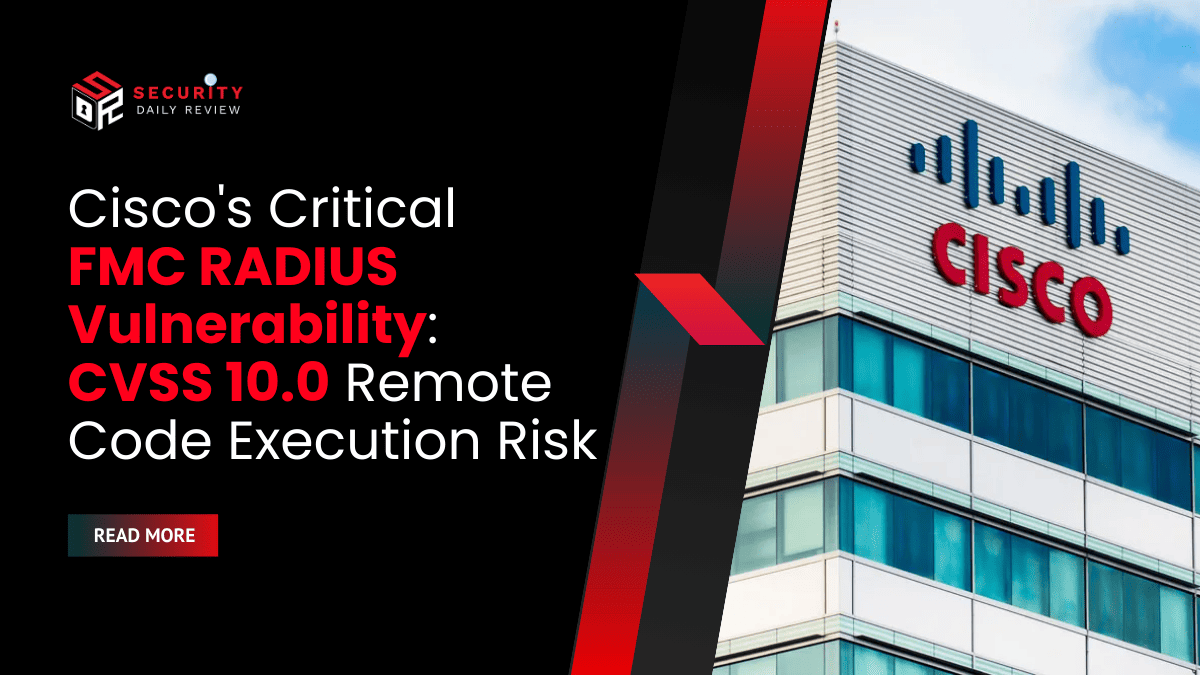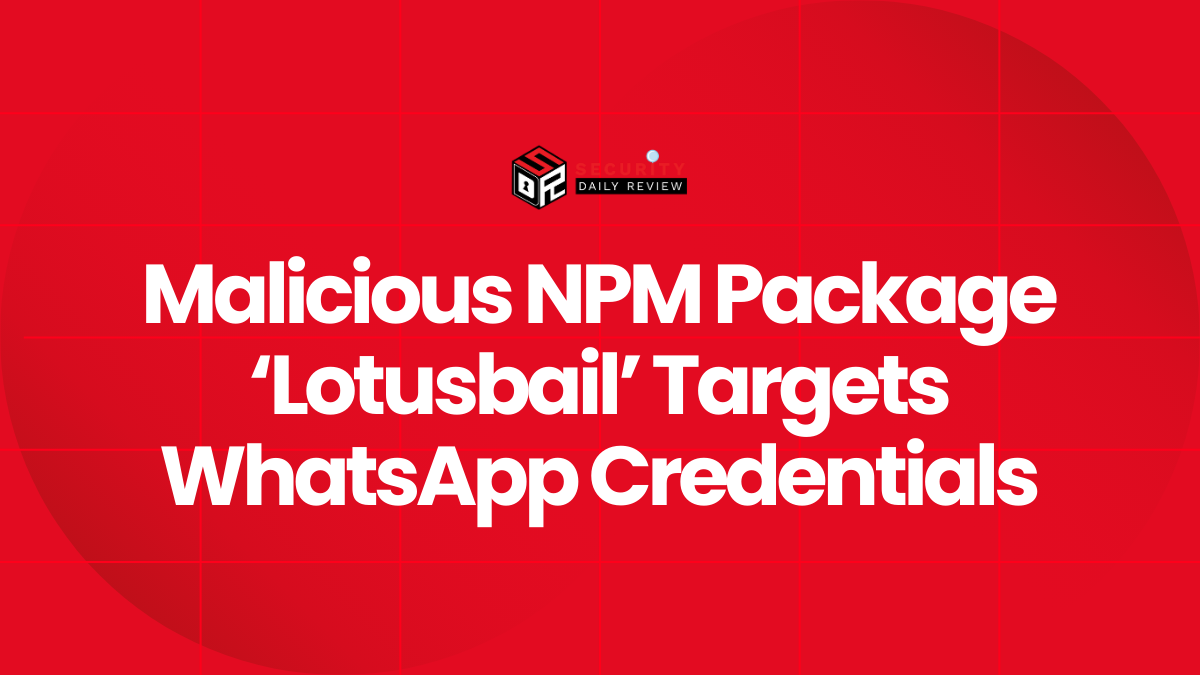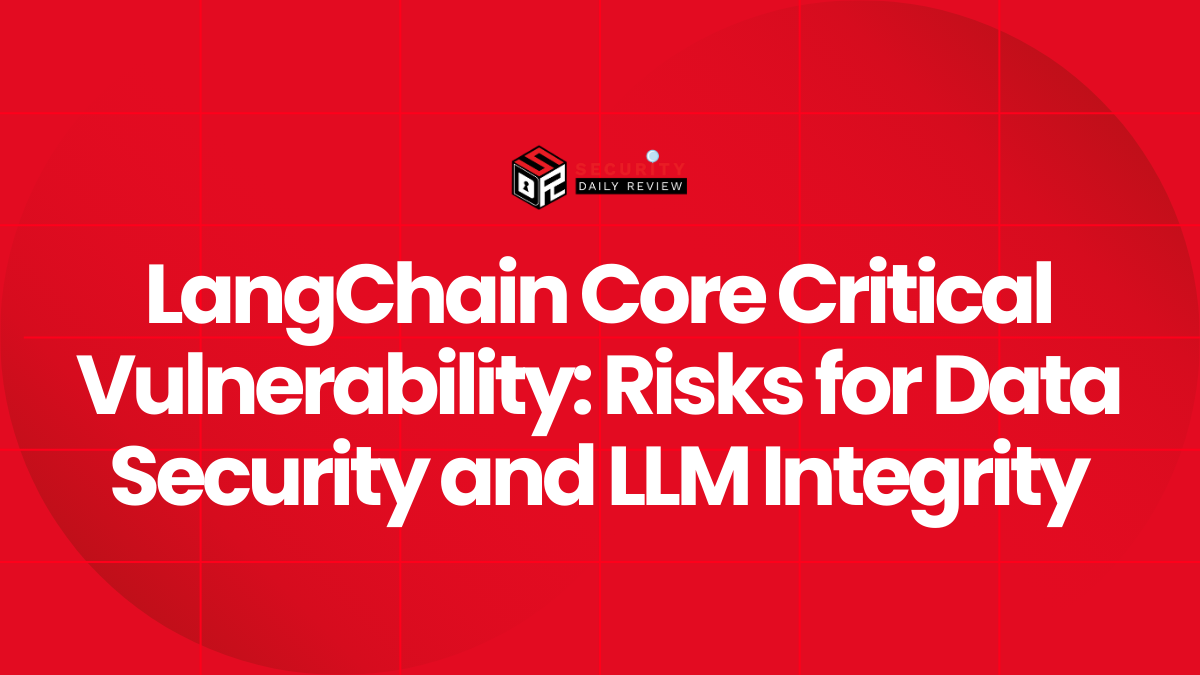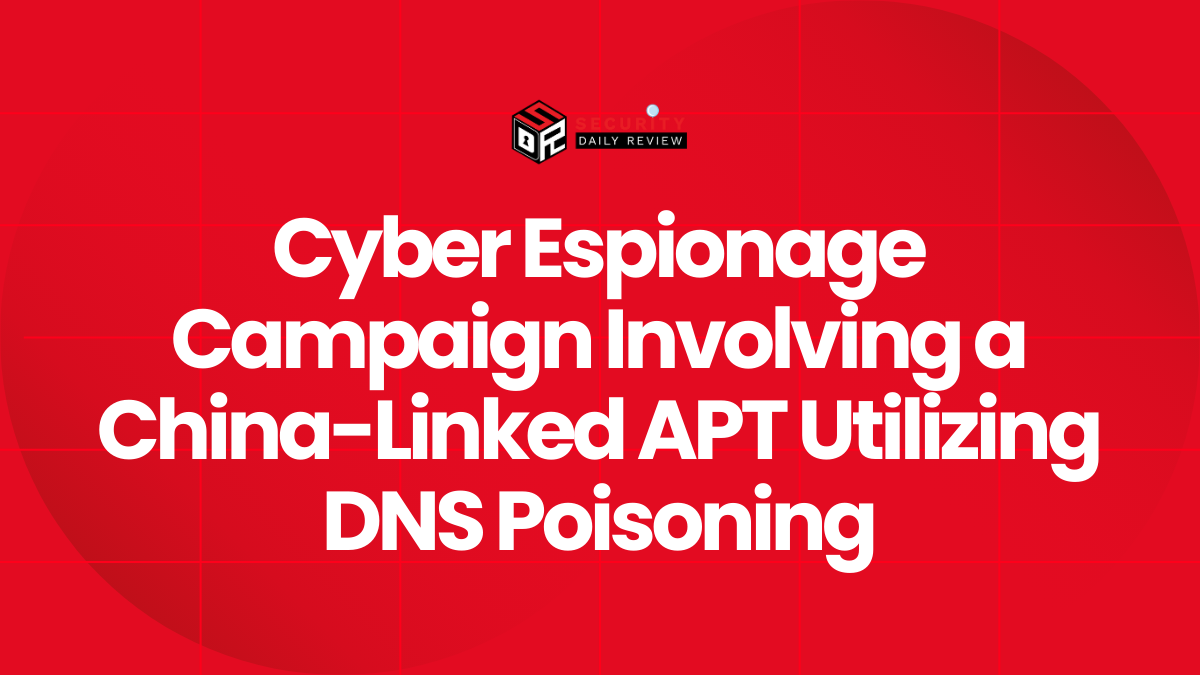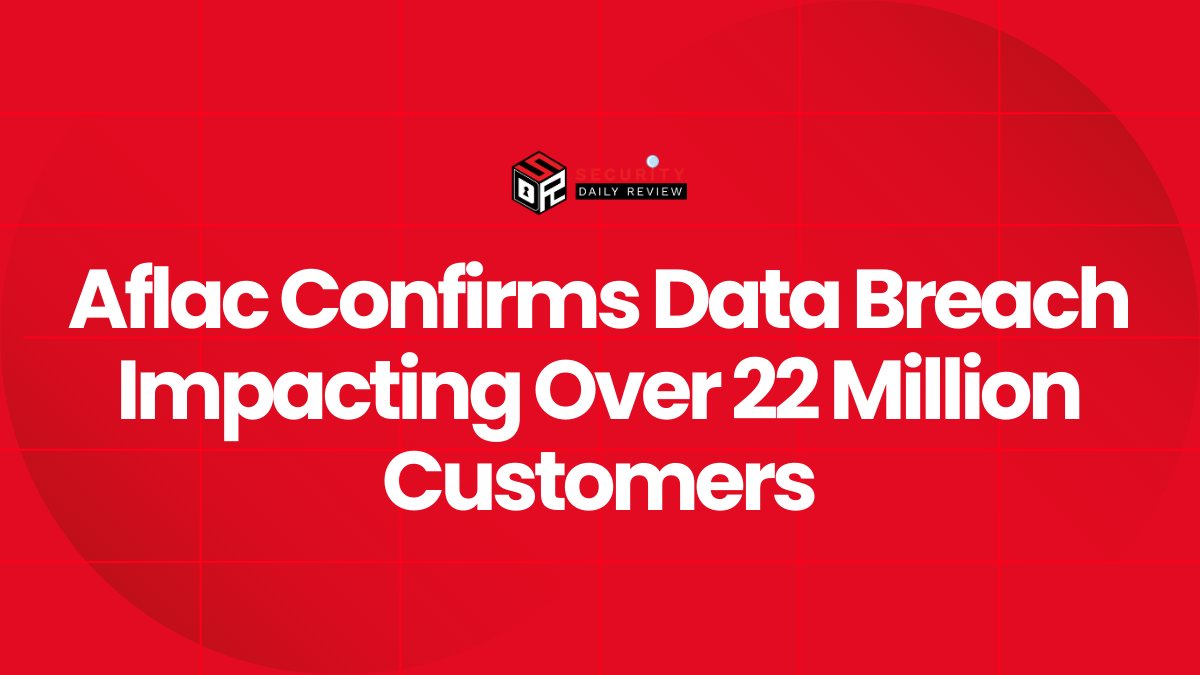Cisco’s recently disclosed vulnerability CVE-2025-20188 has sent shockwaves across the cybersecurity community—earning the maximum Common Vulnerability Scoring System (CVSS) score of 10.0. At the core of the flaw lies a hard-coded JSON Web Token (JWT) embedded in Cisco’s IOS XE Software, specifically impacting Wireless LAN Controllers (WLCs) and management appliances such as the Firepower Management Center (FMC). This vulnerability enables unauthenticated remote attackers to execute arbitrary commands as root, thereby achieving full system compromise.
With the growing reliance on Cisco network infrastructure across sectors such as finance, healthcare, government, and telecommunications, this flaw’s potential impact is severe. Security professionals overseeing enterprise networks should treat this as an immediate threat and prioritize patching and threat monitoring.
Remote Code Execution via Hard-Coded JWT in Cisco IOS XE Devices
CVE-2025-20188 represents a critical lapse in security architecture stemming from hardcoded credentials.
Vulnerable Components Involve Multiple IOS XE Features
According to the U.S. National Vulnerability Database (NVD), the flaw resides in several features of Cisco IOS XE running on Wireless LAN Controllers, including:
- Out-of-Band Access Point Image Download
- Clean Air Spectral Recording
- Client Debug Bundles
These features rely on a hard-coded JWT that can be leveraged without authentication. The JWT grants elevated privileges, allowing an attacker to bypass conventional security controls.
The attack vector is both trivial and high-impact. By sending specially crafted HTTPS requests to the access point file upload interface , an attacker can exploit this token to:
- Upload arbitrary files
- Perform path traversal to access sensitive directories
- Execute system commands at the root level
The result is a complete loss of confidentiality, integrity, and availability on affected systems.
Impact on Cisco Firepower Management Center and RADIUS Services
The vulnerability also compromises the Cisco Firepower Management Center (FMC) and associated Remote Authentication Dial-In User Service (RADIUS) components. Cisco’s FMC is widely used for managing and orchestrating security policies across the enterprise environment. A compromised FMC can lead to the collapse of a network’s central security command.
As reported by The Hacker News , exploiting CVE-2025-20188 within FMC could allow external threat actors to:
- Take full administrative control of security appliances
- Subvert network segmentation rules
- Deploy lateral movement techniques within internal networks
Given FMC’s elevated privileges and comprehensive network visibility, this level of compromise is particularly dangerous.
Industry Consensus on Immediate Remediation
Security researchers and vendors uniformly agree: organizations must apply Cisco’s provided patches without delay.
Analysts Urge Swift Action from Enterprise IT Teams
Tenable emphasized the criticality of the issue, stating that exploitation can occur without any authentication. They highlight that attackers exploiting CVE-2025-20188 can act with “root privileges,” enabling full system takeover, exfiltration of sensitive data, and possibly persistent backdoor access.Similarly, NetManageIT echoed these warnings, noting that malicious actors can “implant rogue firmware or manipulate system configurations,” making detection and recovery significantly more difficult once compromised.
AvesNetSec went further to critique the root cause—Cisco’s use of hard-coded credentials , in this case, a JWT. Hard-coded secrets embedded into firmware or application logic provide attackers with static entry points, undermining otherwise strong perimeter defenses:
“Reliance on hard-coded security tokens is a critical architecture flaw. No matter the encryption strength, if the key is embedded in all instances, it becomes a single point of systemic failure,” AvesNetSec warned.
These organizations reinforce the importance of adhering to secure coding principles and credential rotation policies , particularly in high-privilege infrastructure software.
Risk Mitigation Strategies for Security Teams
While installing Cisco’s patch is the foremost priority, additional actions can strengthen enterprise defenses against the exploitation of CVE-2025-20188.
Recommended Security Measures
- Apply Cisco Patch Immediately
Review Cisco’s security advisories and apply the recommended patches across all vulnerable devices.
- Audit Network Traffic for Anomalies
Look for unusual outbound connections initiated from WLCs or the FMC. Signs of exploitation may include: * Unexpected access point behavior * Unsigned or unverified file uploads * Unauthorized system command execution logs
- Scan for Embedded Tokens
CISOs and DevSecOps teams should audit internal systems for the presence of any JWTs, OAuth tokens, or API keys left in codebases, especially in appliance management layers.
- Harden Access Control Layers
* Implement multi-factor authentication (MFA) for all administrative interfaces. * Deploy internal firewall rules to segment management planes from production network traffic.
- Update Incident Response Playbooks
Given the extent of privilege associated with this flaw, organizations should ensure their incident response protocols account for: * Full system compromises * Firmware manipulation * Credential leakage recovery
An Industry Wake-Up Call for Secure Credential Use
CVE-2025-20188 serves as a stark reminder that even mature codebases from trusted vendors can contain architectural flaws when secure development practices are not rigorously followed.
The hard-coded JWT mechanism may have been originally implemented for legitimate internal use, such as streamlined service provisioning or diagnostics. However, it ultimately introduced a hidden backdoor accessible by attackers.The technology community—vendors, regulators, and security teams alike—must confront the implications of embedding static secrets in production code. As environments move toward zero trust architectures, the security of authentication mechanisms cannot be an afterthought.
Bottom line for CISOs and security leaders: Patch now, monitor rigorously, and initiate a root-cause review of internals using static credentials. CVE-2025-20188 is more than a critical vulnerability; it is a warning against legacy development shortcuts in today’s threat landscape.

